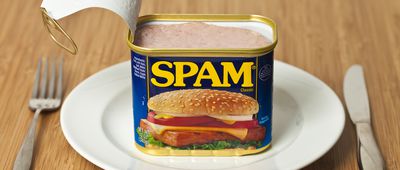You Don't Know Jack(fruit)
Grocery stores these days try to attract customers to the produce section with choices beyond ordinary apples and oranges. Specialty stores, such as Asian grocers, are even better sources for exotic fruits and vegetables, which can be beneficial.
“Generally speaking, eating foods that are not a regular part of your diet can increase consumption of nutrients that you may not be getting elsewhere,” says New York-based dietitian Jessica Levinson. “It’s also good for your gut health to have a diverse diet.” Among the latest offerings is a twist on an old backyard favorite — tomatoes, coming soon to a store near you.





























